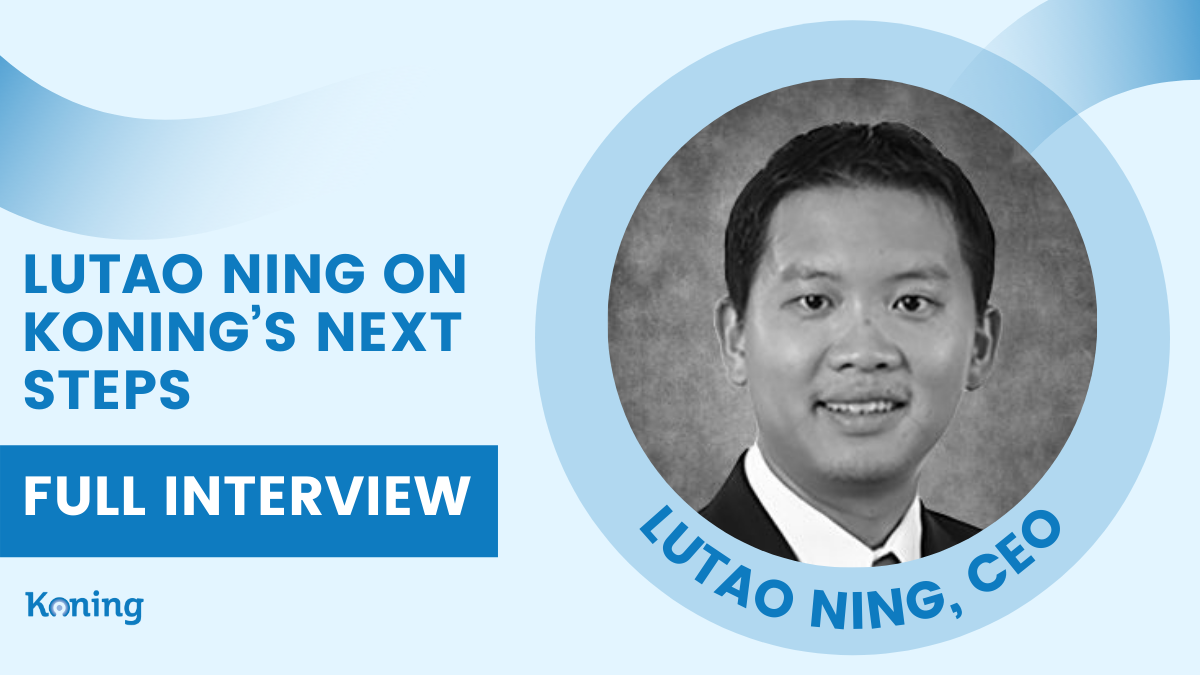
- Blog /
- April 28, 2022
Lutao Ning on Koning’s Next Steps
Koning writer, Matilda Bletsa, sat down with CEO Lutao Ning to discuss women’s health and the progress of Koning.
Matilda: What are some major consumer complaints that Koning could address?
Lutao: The first complaint is compression. We know that the vast majority of women who skip their annual mammograms do so because they have either experienced pain from compression, or because they have heard about it. There are approximately 40 million mammograms done each year, against a much larger number of 120 million screening-aged women. Over 80 million mammograms are not done each year, which shows that the compliance is low with the current technology.
Matilda: I can walk down the street and get a COVID19-test and results in 15 minutes, but for some reason this urgency has not been extended to testing for diseases like breast cancer, as getting a referral could take months. What does this say about our system, and do you think that we have a foundational issue at hand?
Lutao: Our healthcare system is heavily focused on having world-class treatment, therapies, and surgical capabilities. However, prevention is much more economically viable as an area of focus. As access to mammograms is highly uneven, there is a lot of room for improvement.
Once a patient receives a script to go get a mammogram, they have to take that script to a local diagnostic imaging center, which may not be anywhere near where they got their physical, and timing is likely a difficult factor as well. This entire system is set up in a very inconvenient way.
Matilda: What are some KBCT advantages that would further getting tested more often?
Lutao: This is a big opportunity for us; the right approach from our perspective is to merge the process of getting a check-up with getting screened. Instead of writing a script to go somewhere across town, the patient should get a script to walk down the hall and get an exam that is highly accurate and will only amount to an extra 10 minutes. This way we would see a dramatic improvement in accessibility.
Matilda: Should there ever be a trade-off between cost and effectiveness?
Lutao: I do not believe that there is a trade-off in this case. Giving broader access to our technology would be more cost-effective and clinically effective at the same time.
Matilda: Is there a future for big-box radiology equipment?
Lutao: There is certainly some future miniaturization of some of the technology. Our device has the advantage of being self-shielded. It can be wheeled into the room and once the doors are put on it is ready for use. While our primary focus is on installing into various retail pharmacies, we are also looking into making it a mobile application by putting our device into trucks or vans.
Matilda: What is Koning’s greatest near-term goal?
Lutao: Women do not have a great pathway into breast care today. Our next goal is to bring a number of these devices into patient care, and in that way solve the issue of access and compression. We are looking to bring these devices online in the second half of 2022.
For weekly podcasts, please visit Koning’s social channels:
